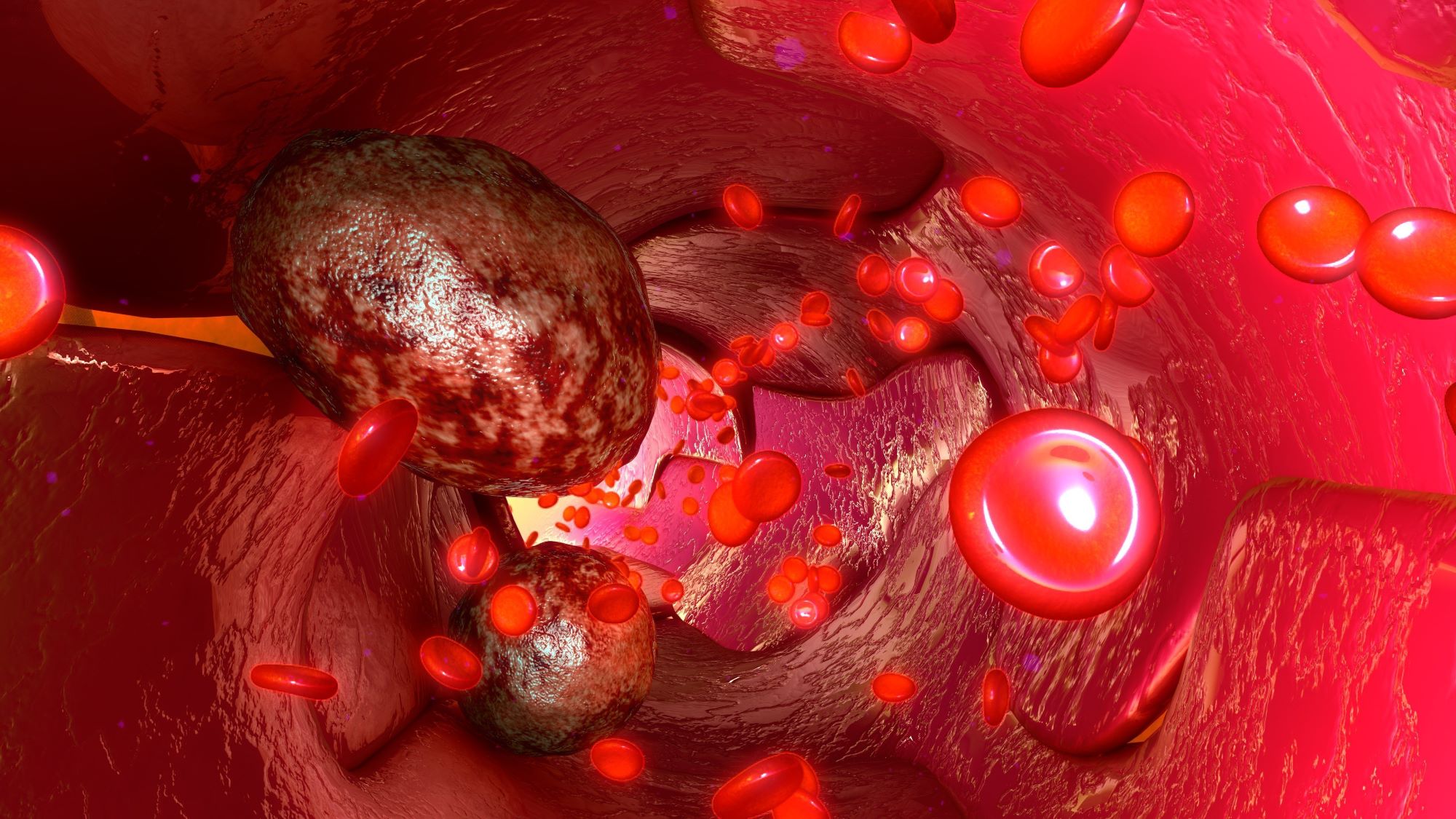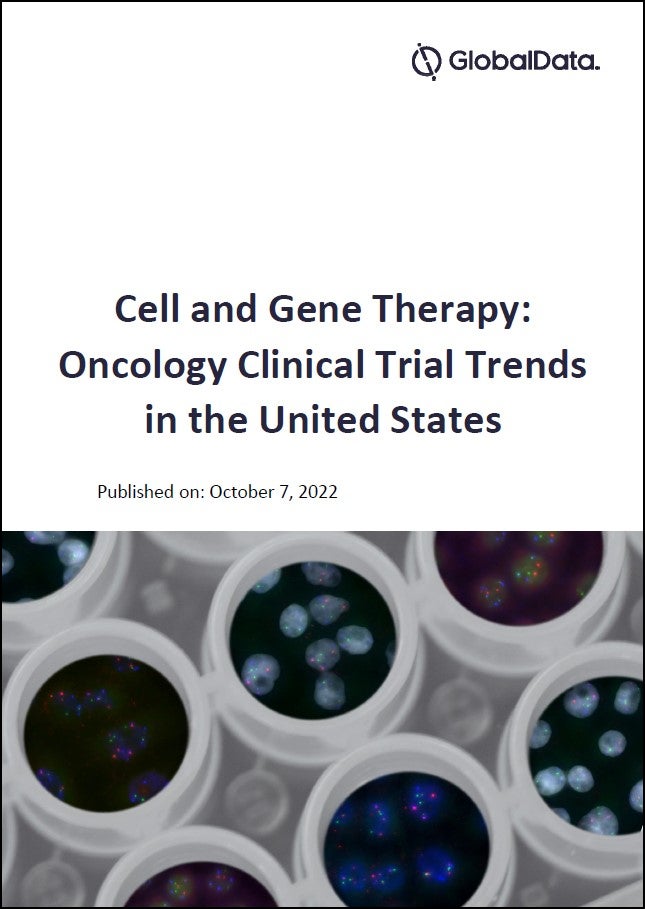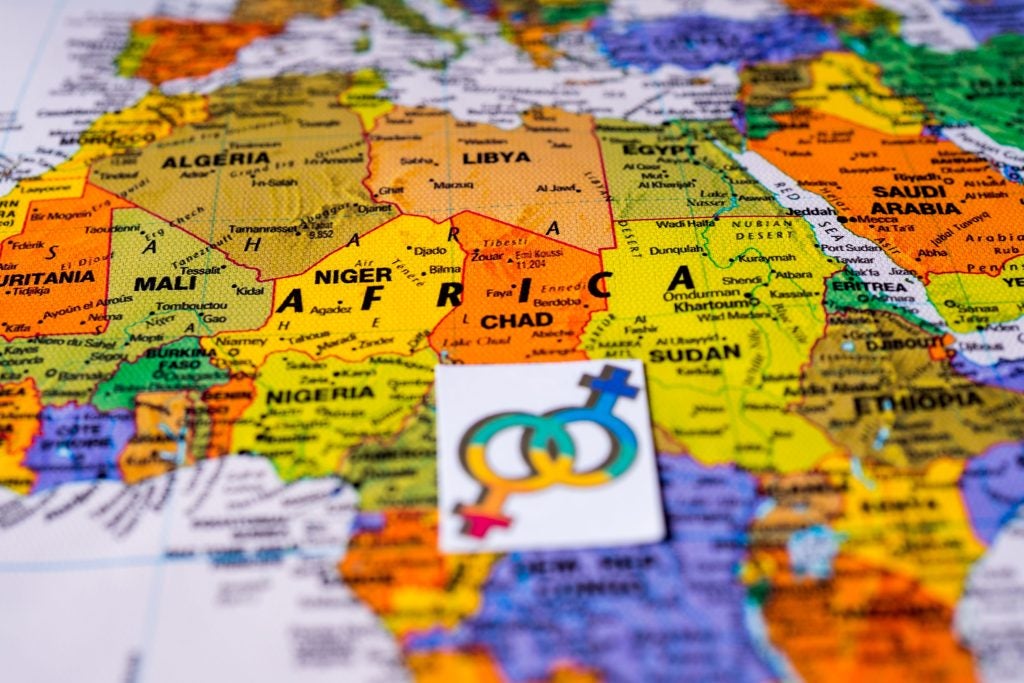
In cancer clinical trials, one of the biggest challenges is the monitoring of tumours to see whether the drug being tested is having the desired effect. As the number of biomarker-driven cancer trials continues to rise, fresh tissue biopsies are often employed to carry out biomarker testing, as well as to track ongoing disease progression or inhibition.
But the invasive nature of tissue biopsies has driven increasing interest in the use of liquid biopsies – which can be delivered through simple blood tests – as a more patient-friendly and repeatable means of disease monitoring and biomarker identification.
How well do you really know your competitors?
Access the most comprehensive Company Profiles on the market, powered by GlobalData. Save hours of research. Gain competitive edge.

Thank you!
Your download email will arrive shortly
Not ready to buy yet? Download a free sample
We are confident about the unique quality of our Company Profiles. However, we want you to make the most beneficial decision for your business, so we offer a free sample that you can download by submitting the below form
By GlobalDataLiquid biopsy company Angle is a case in point. The firm’s Parsortix system, a cell separation technology, enables a simple blood test to be used to deliver the cells of interest in a format suitable for multiple types of downstream analyses. The system is based on a microfluidic device that captures cells based on their size and compressibility.
The system is epitope-independent and can capture all types of circulating tumour cells (CTCs) including live CTC clusters. As intact cells, CTCs enable the complete picture of cancer to be seen. They allow for DNA, RNA and protein analysis and may provide equivalent analysis to a tissue biopsy.
Unlike tissue biopsy, CTC analysis is a non-invasive procedure that can be repeated over and over making it ideal for the longitudinal monitoring (before, during and after drug intervention) of cancer, a disease that changes and develops over time. Additionally, the live CTCs harvested by Parsortix can be cultured, allowing the potential for testing tumour response to drugs outside of the patient’s body.
Angle recently announced that it had secured its first large-scale pharma services contract with an unnamed firm with numerous cancer drugs in development and annual revenues exceeding $1bn. The firm will harness Parsortix to undertake longitudinal monitoring of patients in three separate global clinical trials in prostate cancer and other locally advanced and metastatic solid tumours.
Clinical Trials Arena sat down with Angle’s head of clinical laboratories Madeline Repollet to discuss this contract and how liquid biopsy tech can ease the burden on cancer patients during clinical trials and accelerate the development of cancer drugs.
Kezia Parkins: Can you tell us about Angle’s liquid biopsy technology and its benefits?

Madeline Repollet: With Parsortix we have been really excited for a year now about the new technology and opening of our new laboratories. The Parsortix PC1 system is a device that is capable of capturing cells including CTCs from blood, based on their size and deformability and then harvests this captured population of cells into a small volume of liquid. This way the cells can be evaluated using subsequent downstream assays for either identification or characterization of those CTCs.
A primary benefit of the system is it does not employ antibodies or other cell surface affinity agents to capture the cells. That is great because this isolation capture principle is based on the physical attributes of the cell, rather than the chemical or biological characteristics.
This makes it an epitope–independent process and means it’s agnostic to cellular genotype, or immunophenotype. This actually enables the Parsortix system to capture a variety of rare cells, including epithelial and mesenchymal cancer cells – many other technologies cannot capture the mesenchymal cells.
KP: What was the initial thinking behind Angle’s move into pharma services and supporting clinical trials?
MR: At Angle, we have a strong interest in making a difference in patient care. This is possible through well-planned studies and generating high-quality data. We have highly experienced scientists and management and a wonderful R&D team running the clinical lab. I myself have been working with CTC technologies for more than 22 years now.
We believe that by offering our technology for pharma clinical trials, patients will benefit from having a medical device and the drug tested side-by-side. This is to address the critical need for additional biomarkers and will aid in the identification of patients who will benefit from these new therapies.
The information derived from the biopsy of the initial tumour during removal aids in the selection of drug at that point. Many drugs are initially tested on later-stage patients who have already failed other treatments, and it is very difficult at this time to get a biopsy. Biopsy is a very invasive technique and you want to avoid having to put the patient at so much risk. And, of course, it’s very costly. That’s one of the wonderful things about pharma services using our technology in liquid biopsy.
There are other technologies that are liquid biopsy like ctDNA [circulating tumour DNA] that provide useful information on mutational changes. However, only CTCs can provide insight into the leading edge of the cancer, because CTCs are actually the presentation of metastases. Additionally, with CTCs you can get RNA information and protein expression information – these would be missed with ctDNA alone. Another advantage for pharma with CTC liquid biopsy is the ability to monitor response in real-time with repeat sampling – something that is not feasible with biopsies.

Image courtesy of Angle
KP: Can liquid biopsy technology ease the burden of cancer patients involved in clinical trials?
MR: As well as eliminating the need for the patient to go through gruelling biopsy procedures, hopefully this tech will allow for more accurate matching of the patient’s cancer characteristics to the appropriate drug treatment. For example, the liquid biopsy represents the current status of the patient more than a biopsy that was done, say, six months ago, and this improves the chances of a successful outcome. Additionally, longitudinal monitoring should allow early identification of when the treatment is not working.
Successful incorporation of liquid biopsy technology into clinical practice could definitely ease the burden of cancer patients by potentially reducing the number of imaging studies needed, removing and/or reducing the need for invasive tissue biopsies, and by limiting exposure to ineffective toxic and expensive therapies.
KP: Can you tell us about Angle’s first large-scale pharma services contract?
MR: We’re very excited by it but we ensure confidentiality of the work that we do for our customers so there’s not too much I can say. It is a large-scale pharma company with many cancer programmes in progress. This contract is a Phase III clinical study with quite a few patients enrolled. These patients are going to be tested with our technology at different time points throughout treatment.
We are keeping in constant contact with this customer and have a notification system in place to highlight any issues to make sure that we can meet their expectations and deliver the highest quality data.
KP: What about the other cancer trials that will commence involving Angle’s liquid biopsy technology?
MR: In addition to the large Phase III trial, there are two smaller Phase I trials, and if they are successful, they may expand into later-phase trials. We’re very excited about these two others that are using Angle’s technology. One of the things we are excited about is that we are providing the numeration of epithelial and mesenchymal cells as well as the cells that are going through the epithelial to mesenchymal transition. We also provide information on CTC clusters – some of this information cannot be gained with other technologies.
KP: What would you say are the key expectations for the performance of liquid biopsy tech when providing monitoring in clinical trials, specifically?
MR: I believe most pharma companies want to see actionable results from a significant proportion of the samples being tested with any given technology. They also want to see accurate, reliable and reproducible results provided in a timely manner and performed in a controlled, well-defined environment to high standards. CTCs represent a highly complex biology so we want to ensure the method allows you to see those changes. We ran 15,000 samples in characterising the Parsortix system for FDA [US Food and Drug Administration] filing. One of the reasons for pursuing clearance is to give pharma confidence on using the data in their own filings.
KP: How prevalent is longitudinal monitoring of circulating tumour cells (CTCs) using liquid biopsy in current cancer trials, and do you think there’s a lot of room for growth in this area?
MR: I definitely think there’s a lot of room for growth. And currently, there are many ongoing clinical trials that have incorporated different kinds of liquid biopsies for the evaluation of both ctDNA and CTCs as predictive or prognostic biomarkers. As I said before CTCs provide more information than ctDNA alone. There are multiple factors that guide physicians’ treatment decision making, so with extra information that we can provide through liquid biopsies, for example, hormone receptors like ER and PR, and in addition, HER-2 and PDL1 status, all of these can be investigated on intact cancer cells but not through ctDNA based approaches.
There’s also a lot of growth on new biomarkers that may be compatible with the drug target. I think that the more new drugs that come to the market, the more that physicians will be interested in having a technology that can actually give them information about the patient based on those biomarkers and thus there is a big opportunity for growth.
KP: How can this technology accelerate drug development?
MR: The capture and harvest of live CTCs offers an opportunity to phenotypically and genotypically interrogate the population of cells from a patient’s tumour, which are not being killed by the drugs being given, so it’s providing information on those cells that are resisting the treatment. And this could potentially lead to the identification of new targets. It can also shed light on the mechanisms of drug resistance.
Additionally, the ability to capture CTCs in such a gentle manner as Parsortix does provides viable intact cells, and that can give a more accurate picture of how the cancer is evolving in response to the drug, thus enabling a better understanding of the pathways that are active in response to that drug. It can also help elucidate the interactions with other types of cells that are part of the body’s natural immune response or act to help protect CTCs and facilitate their spread. This viability may enable progress in the culture CTCs to aid in testing of new drugs directly on patients’ cells.








